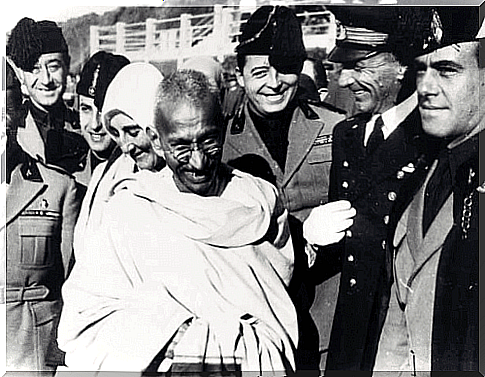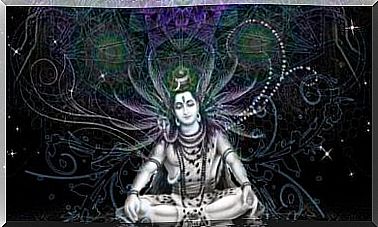Ahimsa: The Philosophy Of Integrative Peace

The term “Ahimsa” literally means no harm. Furthermore, it refers to a philosophy of integrative peace that advocates non-violence and respect for life.
Integrative peace is not just about “not killing”. It also stands for one not to cause physical or emotional harm to any living being, either through thoughts, words or actions.
The term dates back to the fifth century BC, in the context of Indian philosophy. More specifically, it is in Upanishads or Hindu texts. However, it was also used in Buddhism and Jainism.
Ahimsa refers to respecting the soul, nature and all cultures. It means leading a life of integrative peace with everything that surrounds one. In a way, the term represents the congruence between what we say, think and do, according to giving love and finding harmony in the world.
The concept of integrative peace in the West
Mahatma Gandhi was the forerunner of this philosophy in the West. Furthermore, he considered it a common denominator for all religions, including Islam. Over time, however, many civil rights leaders and advocates have implemented it as part of their doctrine.

For example, Martin Luther King Jr., the greatest advocate of civil rights for the African American people, was influenced by this concept and became a torchbearer of peace protests against violence and poverty worldwide.
However, “Ahimsa” became popular in the West thanks to several ancient practices, such as yoga and meditation.
That is why many Western peoples ventured into new philosophies. In fact, Nonviolent Communication (NVC), developed by Marshall Rosenberg in 1960, has embraced the concept of integrative peace.
The meaning of integrative peace for Mahatma Gandhi
Mahatma Gandhi’s ideology of integrative peace stems from his predilection for Hinduism and Jainism.
By that, Ahimsa means, for Gandhi, that one “must not kill,” even though it also refers to the human ability not to harm others at all. Generally, one should not cause any kind of pain, including emotional pain.
To achieve this, one must therefore be in a state of absolute consciousness. Likewise, Mahatma states that all who practice Ahimsa should have complete peace of mind, regardless of their past actions.
On the other hand, it is certainly justified to emphasize that the fundamental purpose of integrative peace for Hinduism is to avoid the accumulation of bad karma. Therefore, individuals must be in a state of complete peace. Not just with themselves, but with the environment that surrounds them.
In other words, an unconditional respect for nature is established when one has an absolute respect for life. The individual wants peace with himself, with others and with the environment.
Ahimsa is a principle of equality, respect and balance, where nothing is more important than life in all its forms and origins.

Ahimsa: A global and humanistic practice
Thinking about the welfare of others and not destroying it is a principle of superior equality and integrative peace.
If it is related to cultural and humanistic practices, then respect for all cultures is equally established.
For a long time, violence against other cultures has been justified. Furthermore , ethnocentrism is a false notion of superiority, in addition to being a way of dominating and stealing from others, hidden for unfounded reasons.
Establishing new and culturally equal parameters is a way of reducing the amount of suffering and centuries of abuse on different scales: social, economic, political, educational, psychological and overtly cultural.
Although others are different, they are still equal. In fact, we all have the same rights. That’s what Ahimsa is all about: Integrating peace for all on earth.








